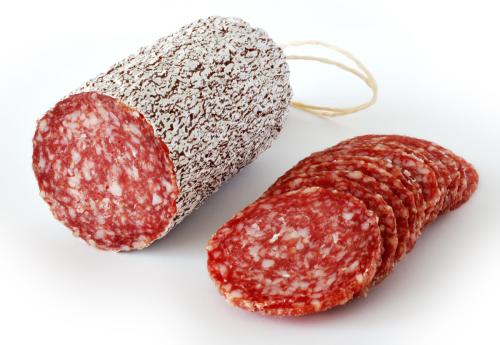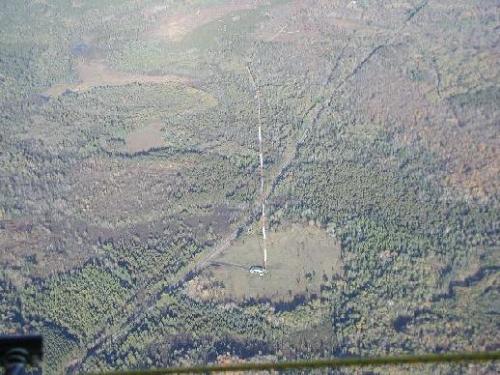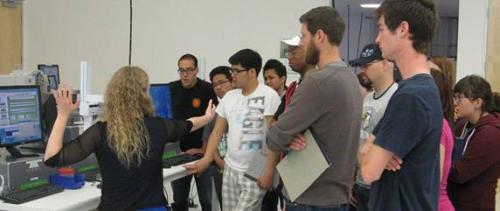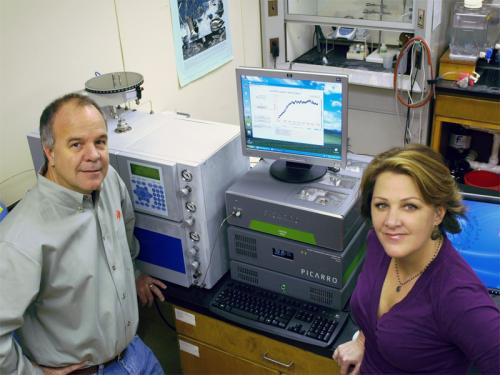Tracing Meat to the Source for Safety's Sake: Isotope Signatures Beat RFID or Any Labels
Rarely does a month go by without another major meat recall. In this case, the meat in question was shipped from Italy to Canada and contained dangerous levels of Lysteria bacteria. And it was cooked, not raw, meat. We hope that no one gets sick.




